Natural history … it's all around you!
21 April 2021
Guest post - 7 minute read
Jo Harris, Interim Education Development Lead, Field Studies Council (FSC)

The words “natural history” make us think of the Natural History Museum, David Attenborough, and collections of specimens in jars and cases, but natural history is far more accessible and real for your students than you might think. Natural history is a branch of inquiry involving organisms, including animals, fungi, and plants, in their natural environment, leaning more towards observational than experimental
methods of study.
So even during this unusual last year it is likely you have had a hand in some observation and study of organisms. Whether it has been noticing the arrival of spring through daffodils flowering, hawthorn leaves unfurling or the sticky buds of horse chestnut trees appearing, or simply watching garden birds interacting at a feeder from your window, nature and the ability to study it is all around us. As teachers we can help our students to see these opportunities and encourage them to get out and observe.
Photo by FSC
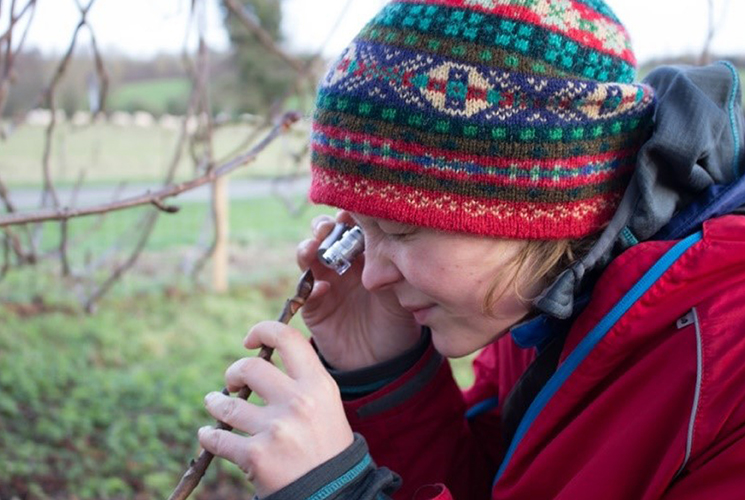
Here are four things to try in the next few months.
1. Take a break and look out the window
Encourage your students to practice some mindfulness as well as engaging their observational skills. This can be done in their own garden or outdoor space as homework, or in school from a chosen spot in the school grounds. Using a ‘sit spot’ activity students can immerse themselves in nature and listen, smell, and experience the world around them. This can then be transferred to a sketch or sense map of their experience. Or using a window as a frame again either at home or in class, pick a scene for students to conduct a field sketch. Building up a picture of layers of information can inspire students to question the environment before them and start to notice the interactions and “hidden science” in everyday life and familiar landscapes. 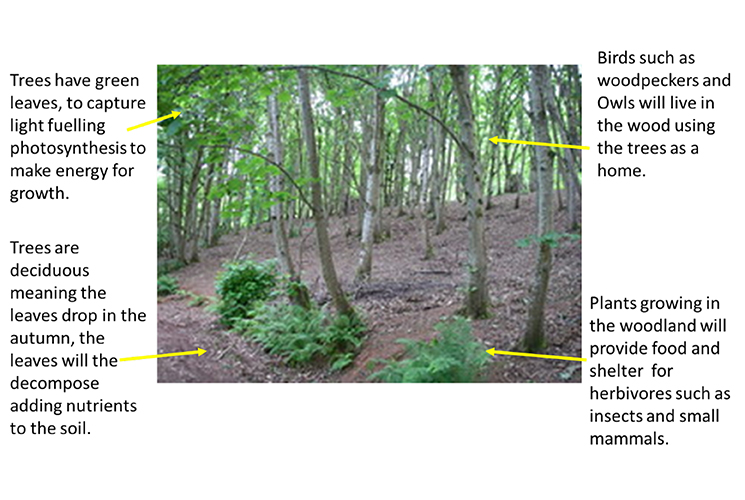
2. Look for easy engagement opportunities around the local area
Often students, and some teachers, feel that you need to be in the countryside to see interesting organisms, but by opening our eyes to the natural beauty of our local spaces we can learn a lot. Most urban spaces have areas on which lichens will grow. Lichens are a fascinating symbiotic (living together) relationship between two organisms, a fungus and an alga. They can be found growing on walls, pavements, trees, and gravestones and are incredible indicators of air quality. By surveying the species of lichen found in an area, students can determine the quality of the air and make links to air pollution and climate change. A good starting point is the excellent OPAL survey resources. A transect of suitable surfaces, away from a heavy nitrogen source such as a busy road, can yield interesting results for analysis.
Photo by FSC
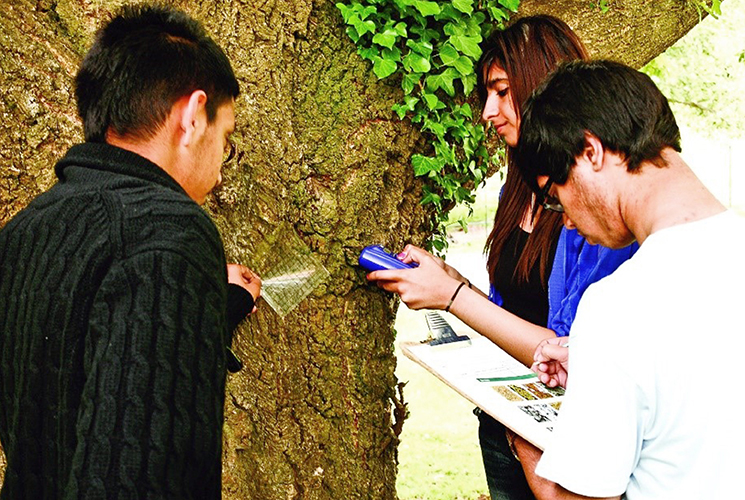
3. Get students interested in urban plants and flowers
Get your students out and about to look for the wonders of nature on our urban streets. This guide will help students to investigate what trees are around them. Team this with discussion or ecosystem services and the importance of trees to life on earth, especially in cities. Trees in towns and cities help to purify the air, by absorbing pollutants through their leaves, bark and roots. Trees also provide a cooling effect in cities, as well as being a vital refuge for people and wildlife. April and May are a great time to see urban trees exploding into leaf and flower. Here are three common tree species to look out for in the coming weeks.
Sycamore trees have leaves bigger than your hand, with five tooth-edged lobes. The flowers are clustered on short branches, like bright-green tassels. After pollination, they turn into the familiar winged seeds that spiral to the ground like helicopters. 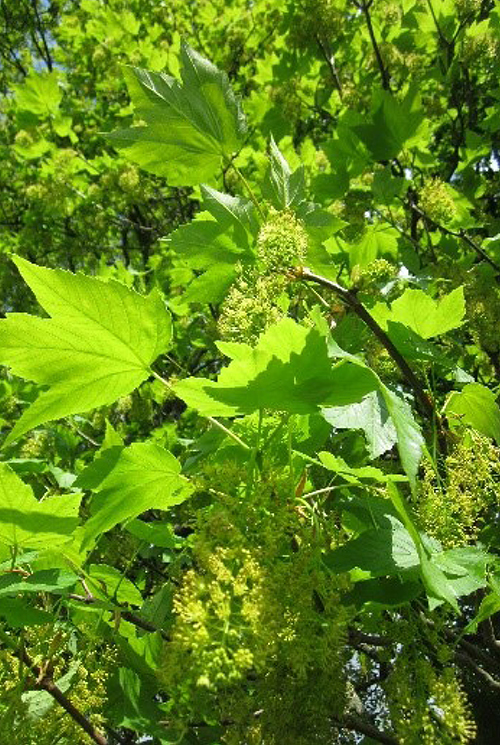
Oak trees have leaves with a straight central vein and deep lobes on either side. The leaves have almost no stem and grow in bunches. The male flowers are long, yellow catkins that release a dusty pollen when shaken. The female flowers are tiny pink bobbles at the end of stems.
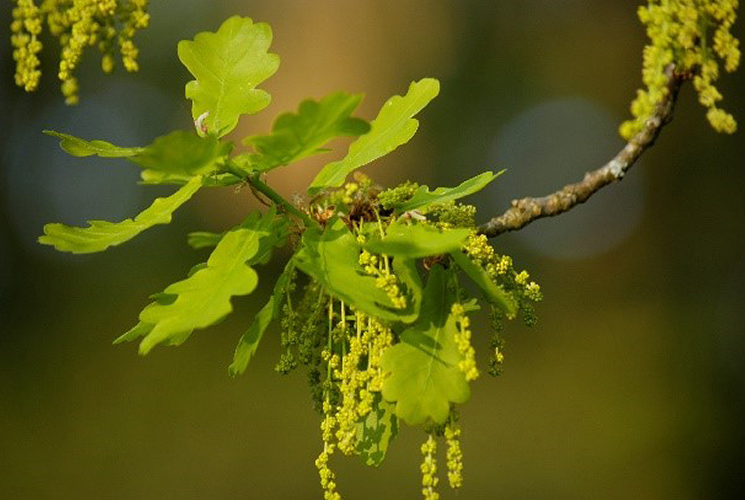
Silver birch trees have small, triangular-shaped leaves with a toothed edge. The trees have a white bark that peels off like paper, with dark-brown cracks in it. The male flowers (catkins) are long, dangling and yellow-brown, whilst the female catkins are short, stiff and bright green.
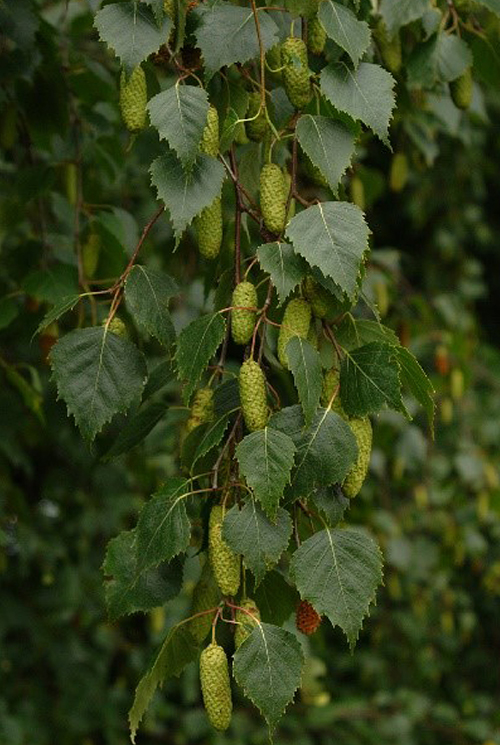
For a more in-depth guide, visit our FSC publications website.
4. Create your own method of data collection and encourage students to make synoptic links
Getting students involved in something of their own creation gives ownership and engages their interest. Why not set up your own investigation into monitoring pollinators and their preferences?
A relatively simple investigation is to choose an easy to grow plant with many colour varieties. Pansies are a good start. Get the students to design the study, set up a controlled experiment where they plant seeds of different colours in groups of pots or flower beds, either at home or at school. As the plants grow, they can then monitor the visitors to these vibrant colours. What types of pollinators visit which colours, for how long and how frequently? Is the weather a factor? Are there patterns, or is it random?
Older students could use a statistical test such as Chi-squared two tailed test for association to analyse the results. Visit our biology fieldwork website for more information on fieldwork and statistics. This can start a hugely important discussion about pollinators, their importance, and the risk we face by continuing to threaten their food sources and habitats.
Photo by FSC
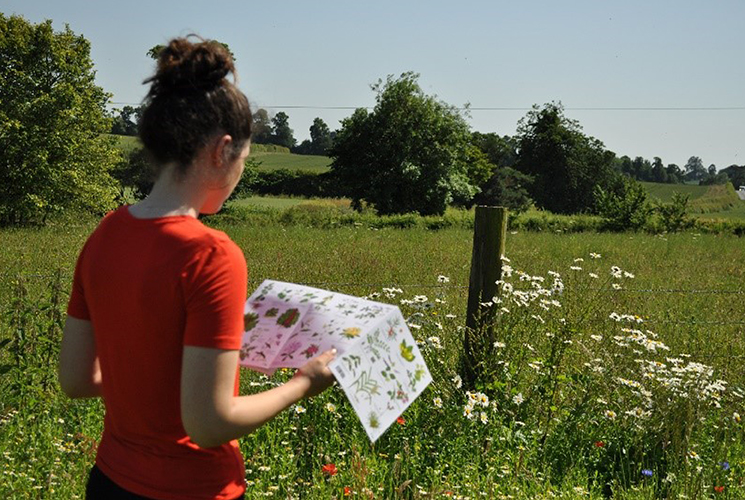
Ultimately there are many ways to engage students in the world around them as it is right under their noses waiting to be noticed. But getting them outside and immersed is the key: this way they can discover for themselves what interests them and become committed to the protection of the planet that provides these fascinating organisms and such rich natural history.
You can find out more about our proposed GCSE in Natural History on our dedicated webpage. Why not keep up to date with the latest OCR Natural History? Sign up for our email newsletter and updates now.
(Additional images supplied by: AnRo0002, Simon Euguster and Mehmet Karaty)
About the author
Jo Harris is the Education Team Leader at Flatford Mill Field Centre, and the education development lead across the Field Studies Council (FSC). After completing a degree in marine biology, Jo built on her love for fieldwork and the natural world and moved into outdoor education. She has worked for the FSC for 16 years, teaching ecology, environmental science and geography to all age groups all over the UK. She now supports the organisation in education development as well as keeping her hand in with groups.